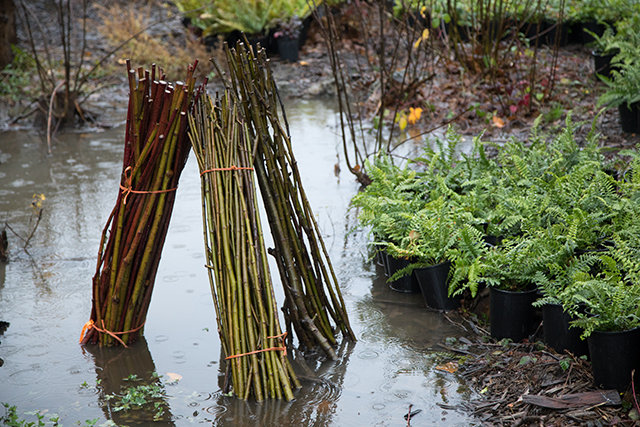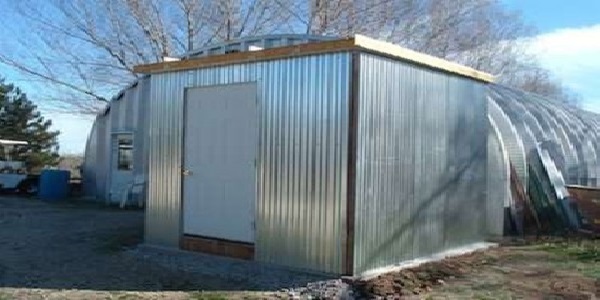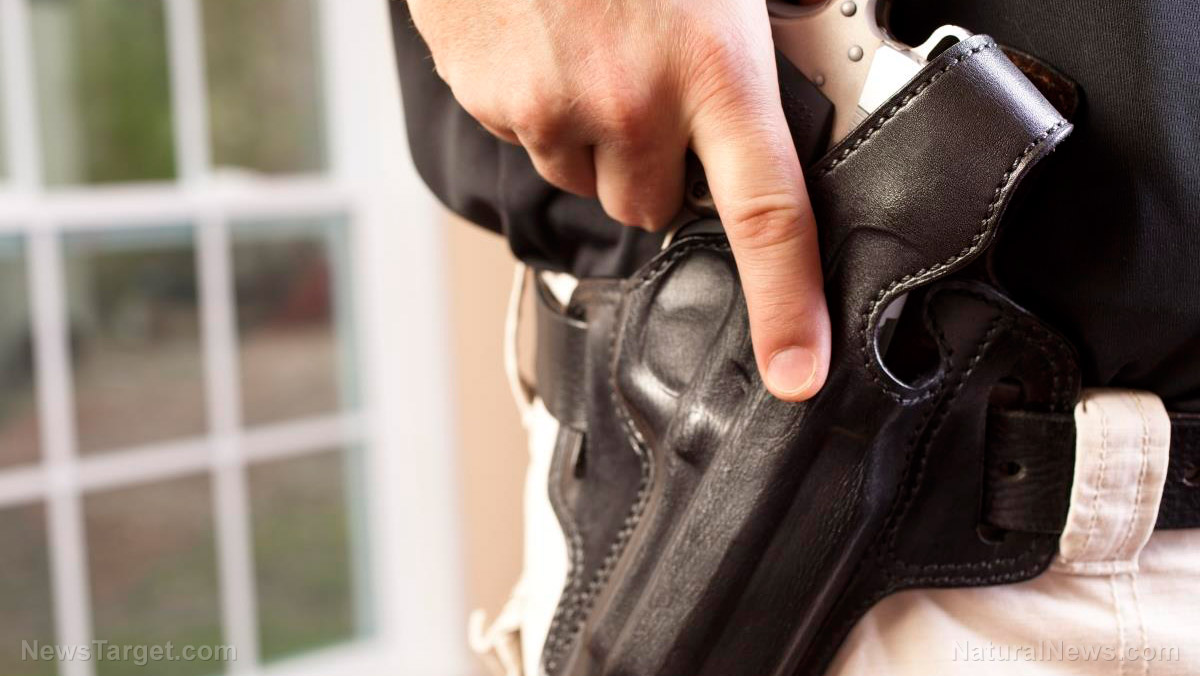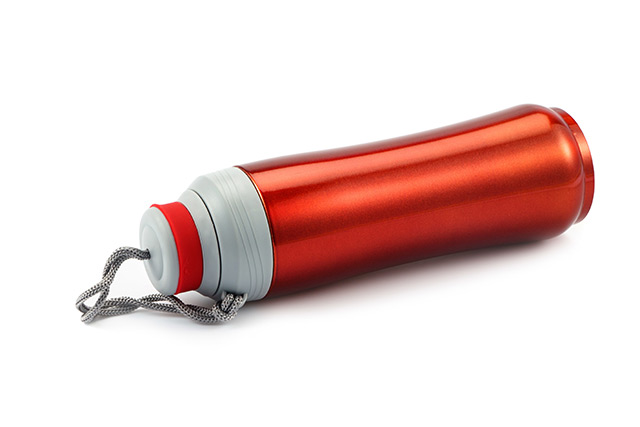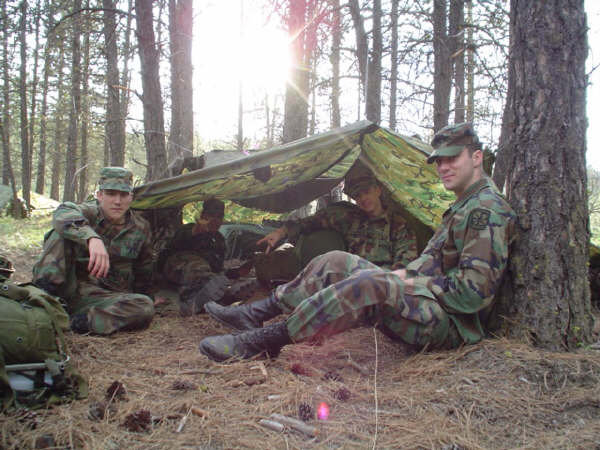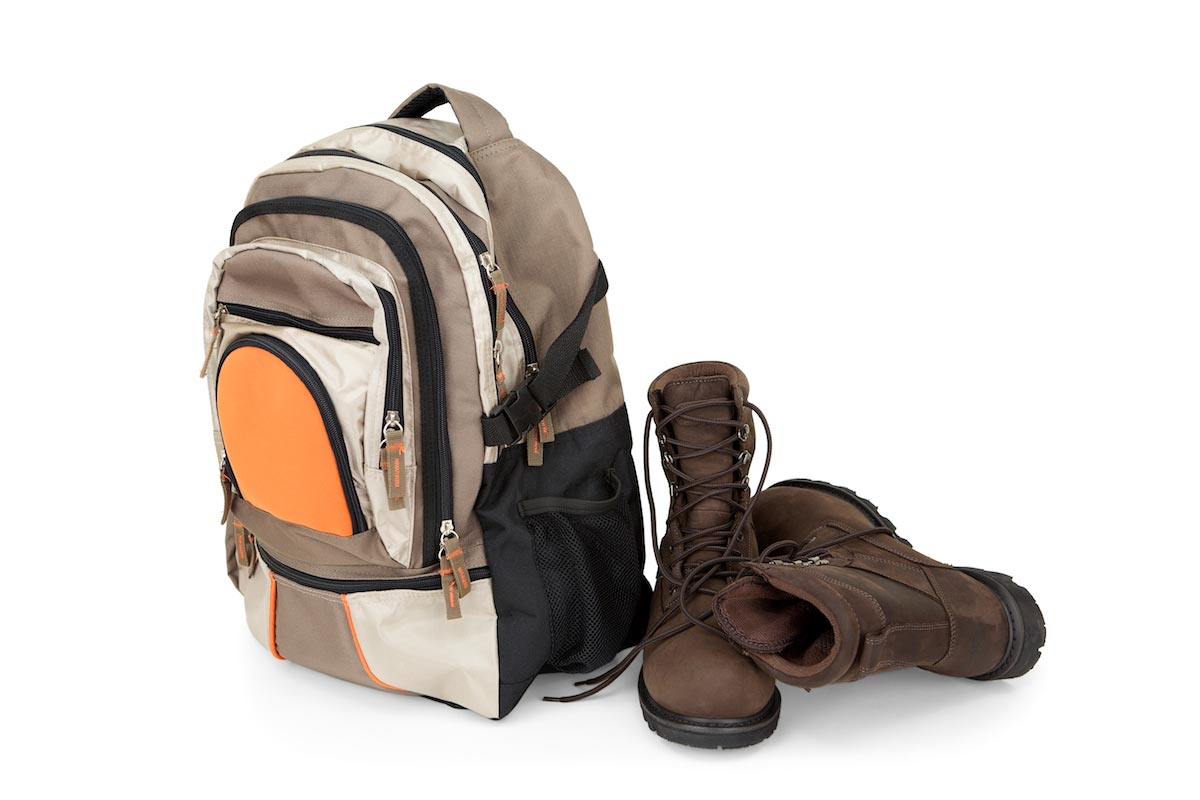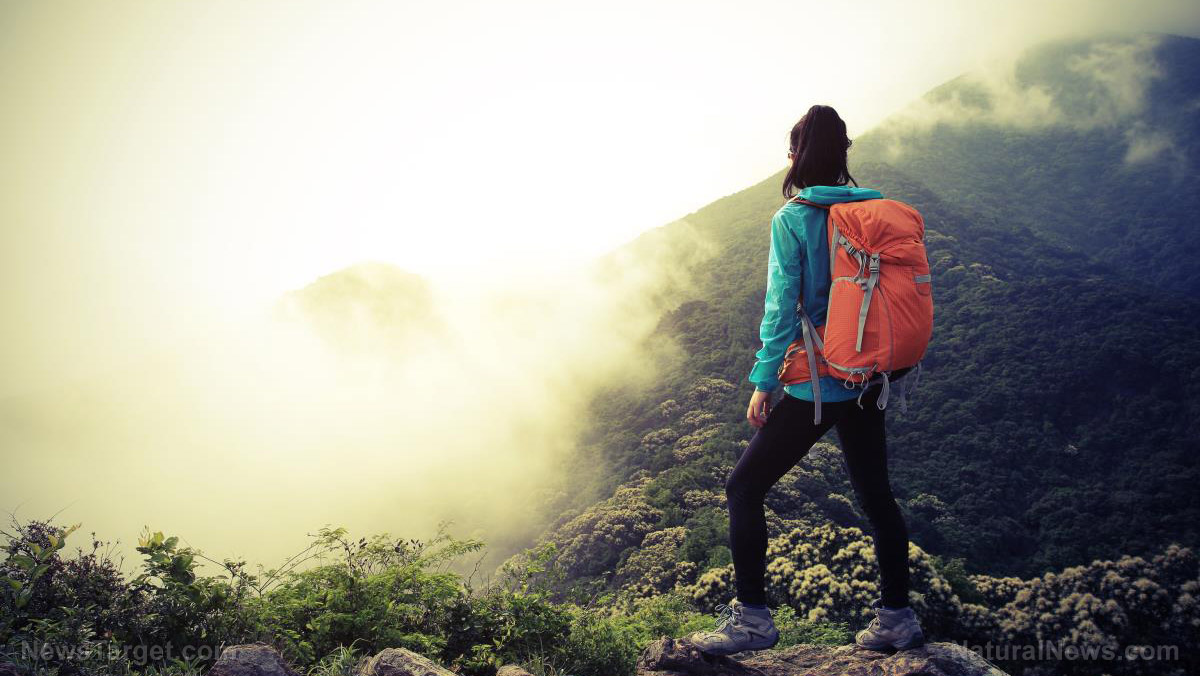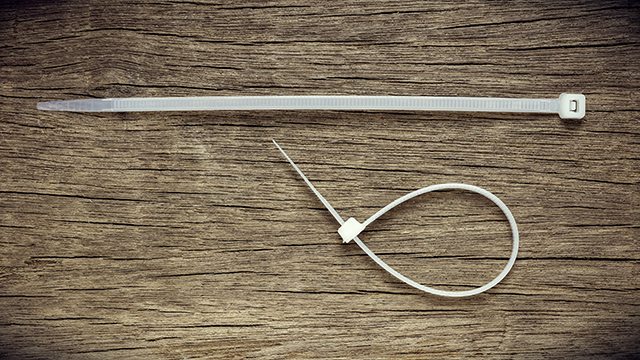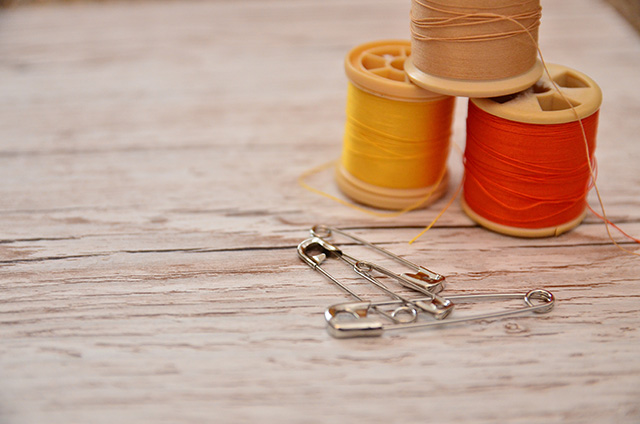Finding a good hidey-hole for your survival cache
10/28/2018 / By Jhoanna Robinson

An important part of military and espionage operations is storing equipment, supplies, important papers, and a hefty sum of money as a contingency measure on the occasion that you might need to go cross-country in case of an emergency. This is because doing so can help resupply troops immediately, extend help to an operation in a certain area, or assist in evacuation missions. (h/t to GrayWolfSurvival.com)
If you’re trying to keep your guns and ammunition away form the prying hands and eyes of enemy combatants, thieves, or an oppressive government, or are just trying to put in place items that you might need to recover in times of disaster, having stored supplies can spell the difference between survival or imminent death.
Why would you need such preparation? There are dozens of reasons. It might be that you live in an area that is home to floods, hurricanes, earthquakes, or tornadoes. If a catastrophe occurred that resulted in the destruction of your home, there is a very likely possibility that you would not be able to go to your house and retrieve stuff. In hindsight, you might have a bug-out bag that you always place inside your vehicle, but what if you have no car? It is a good practice to have storage outside of town, so you can just pick up and go to that area when disaster strikes.
It can also be that you’re living in a foreign country that has rebellions and coups as a regular occurrence. In countries like these, items like fuel and water might not always be available. It is necessary for you to stock up on food, fuel, and water in a safe area, so you can just pack up and go when SHTF.
Here are some tips on how to launch a successful caching operation:
- The items that you plan on storing should be placed conveniently in an area where your recipient, or the contact person that would be retrieving your things to give back to you, can get to easily.
- Your contact person should be able to find your cached items without wasting too much time on the search itself. This is not a treasure hunt; it’s an emergency situation.
- However, your stash site should not be so obvious that unintended persons can easily discover your storing space.
- The items that you placed in storage must be protected from the elements. There’s no use sending someone to retrieve your items if they would only be eaten by pests like rats (in the case of food) or ruined by heat or water.
- If other people would find your hiding place, the items should not indicate who owns them or who might be on the way to retrieve them.
Finding a likely area to store your supplies
If you’re considering hiding your stuff in a rural area, don’t store them in high traffic areas, populated areas, or in the middle of a field because it might be a challenge to conceal them from unwanted eyes. If among your considerations is an occupied territory, forget about locations of military significance such as bridges or factories, or choke pints and tunnels where hostile forces might be gathered.
Remember that you might need to cover your – or the person who is going to retrieve your pack – tracks as well, so establish a safe way to go to and from your hiding area. Try to set up good alternative routes to get where you stored your emergency items as well.
You might want to conduct visits to your hiding place sparingly. This is because the more that you visit an area, the more likely it is that other people might notice what you are doing, become curious, follow you, and discover your cache. You might just decide to mark the locations on a map fully as you come across them so that you don’t need to conduct frequent visits to the area. That would save time, effort, and afford you more security.
If you think that an area that you spotted makes for a good hiding place, there’s a good chance that someone else might have the same idea too. Make sure that you alone are storing items in a specific area. Digging and burying your cached items is good; however, it can also be troublesome and tedious. Placing your items high up in a tree or inside an abandoned building can work better. Putting your items under water — in a cave, for example — can also be a good idea, if you have the proper container for such a feat.
Take time to consider the appearance of a place during the morning and at night. Don’t let yourself be trapped in a situation where you find yourself lost because you had no idea what your hiding place looks like when it is dark.
For updates on how to be all-around prepared when you find yourself in times of trouble, visit Preparedness.news today.
Sources include:
Tagged Under: bug out, emergency items, Gear, hidden cache, hidey hole, off grid, preparedness, prepper, prepping, SHTF, Storage, supplies, survival, survival gear, survivalist




